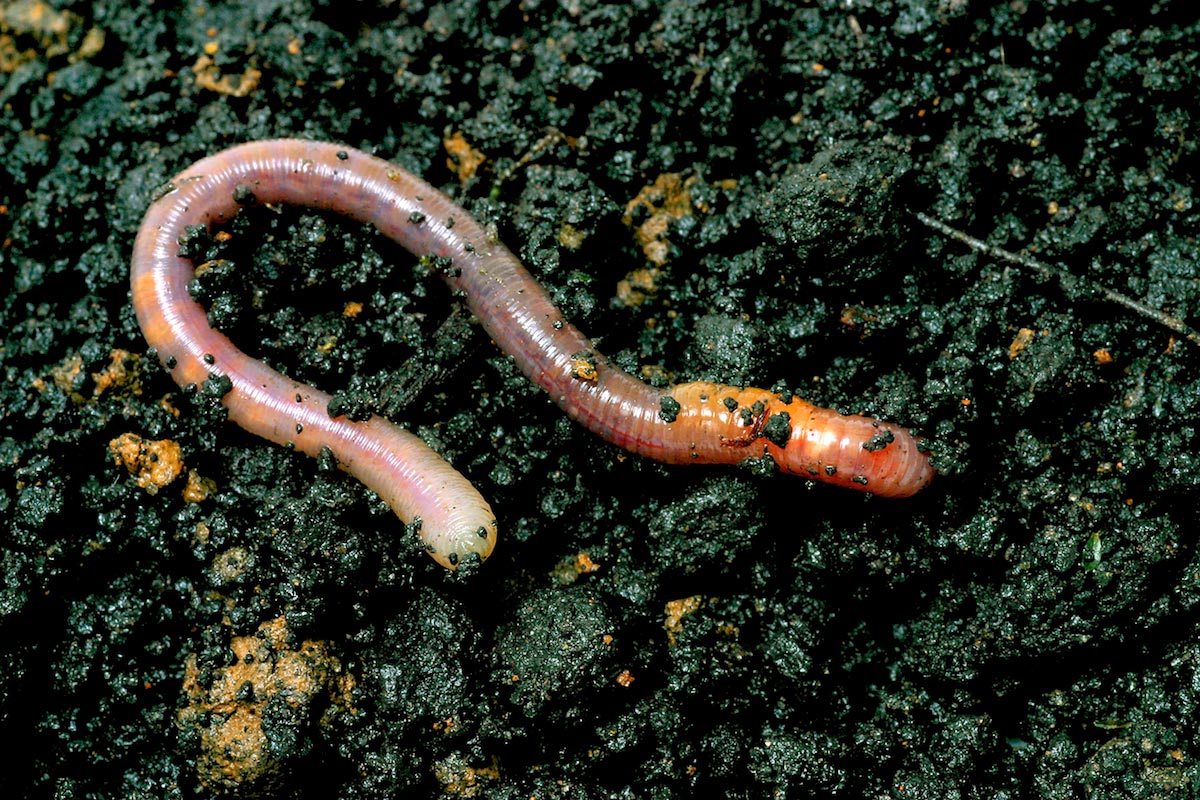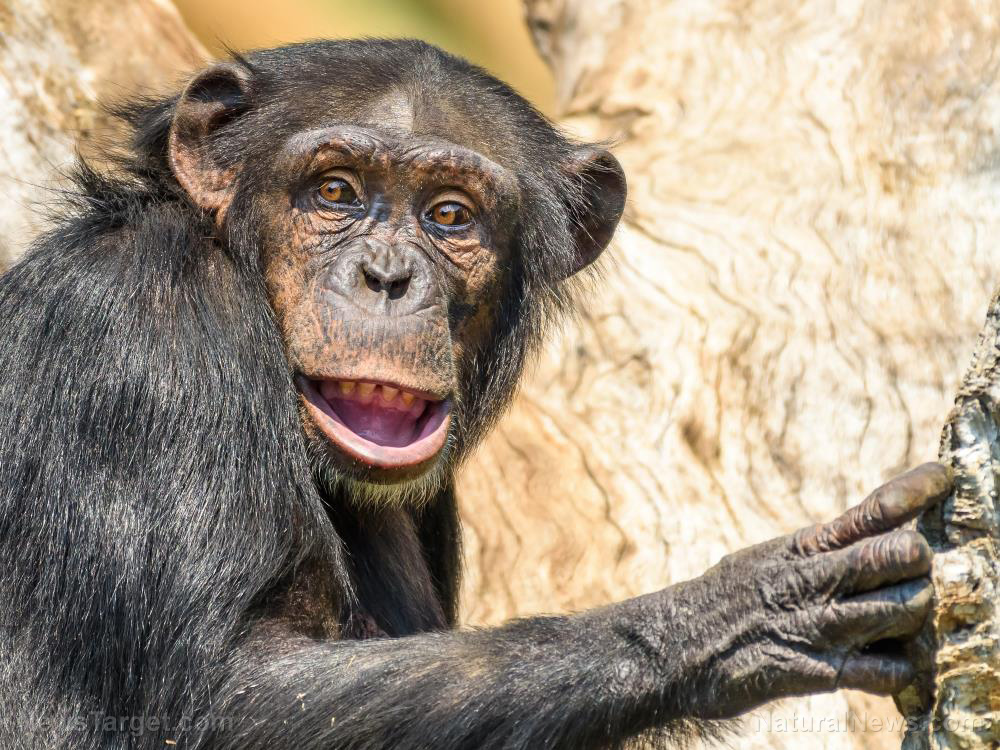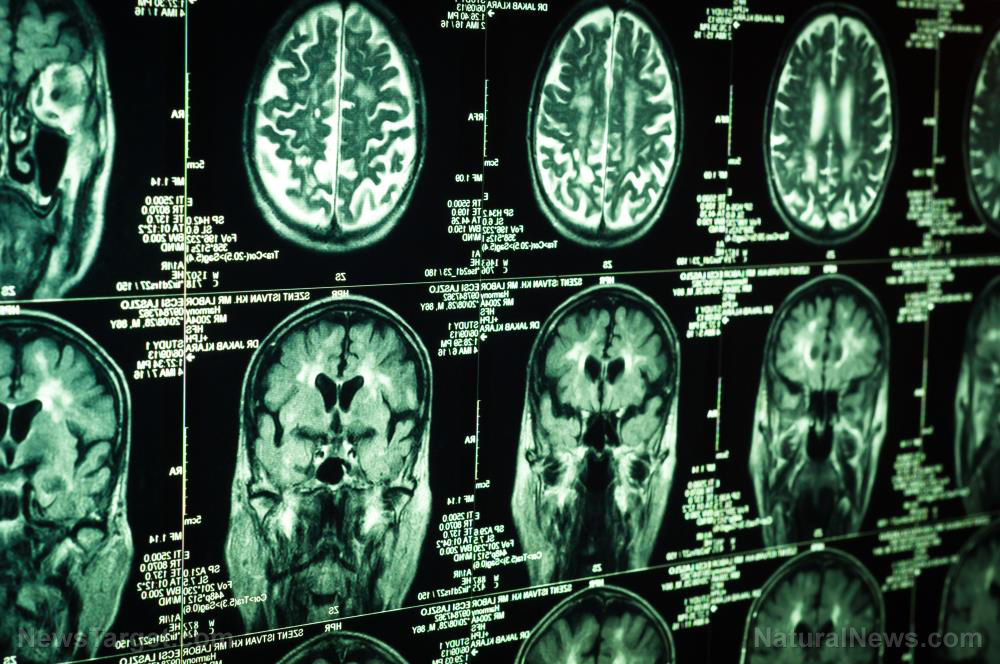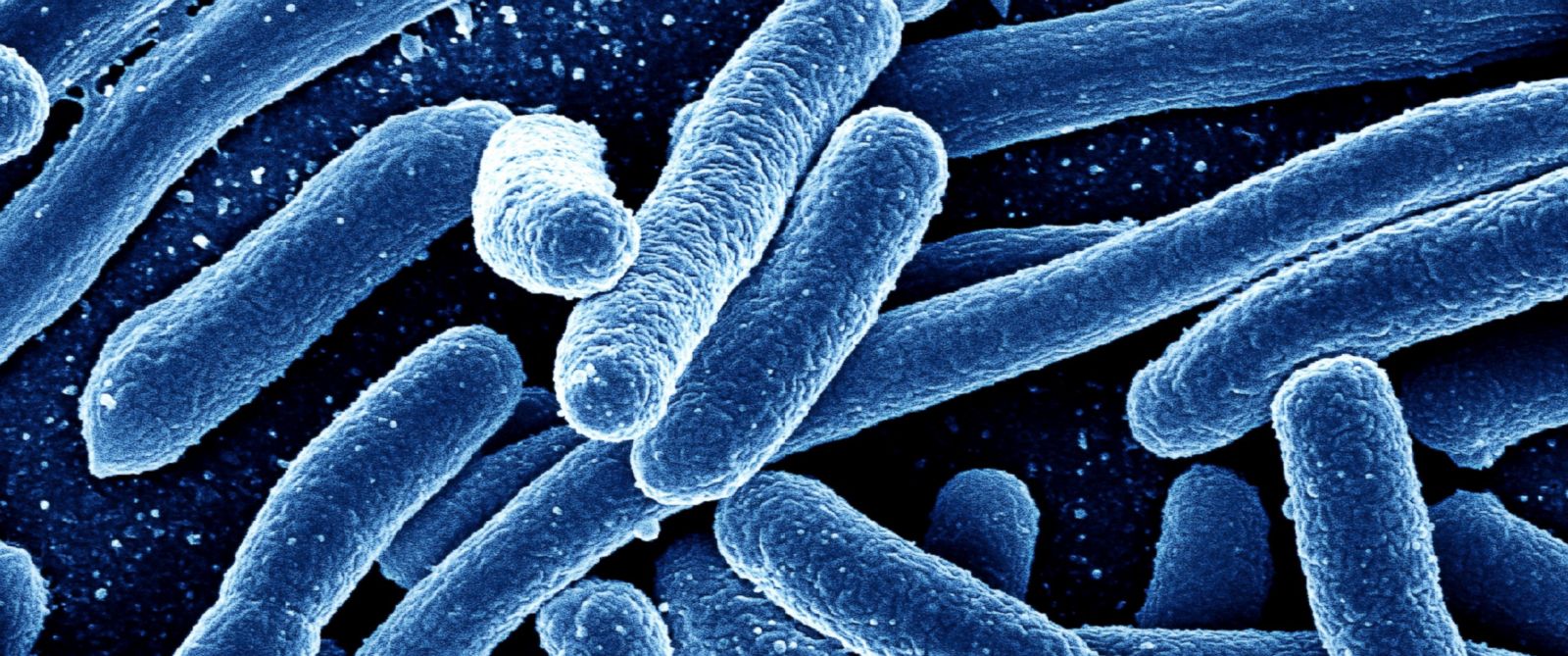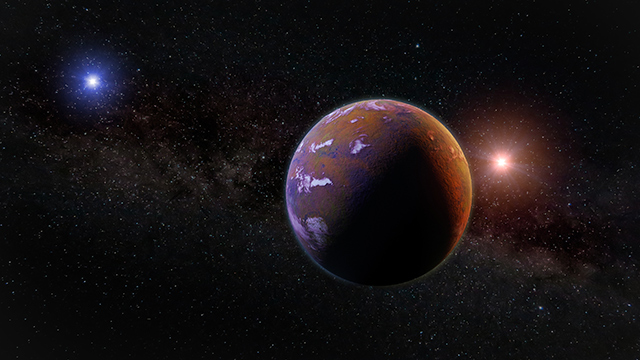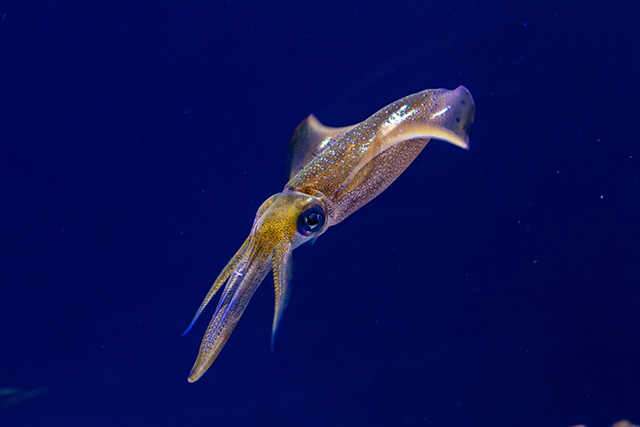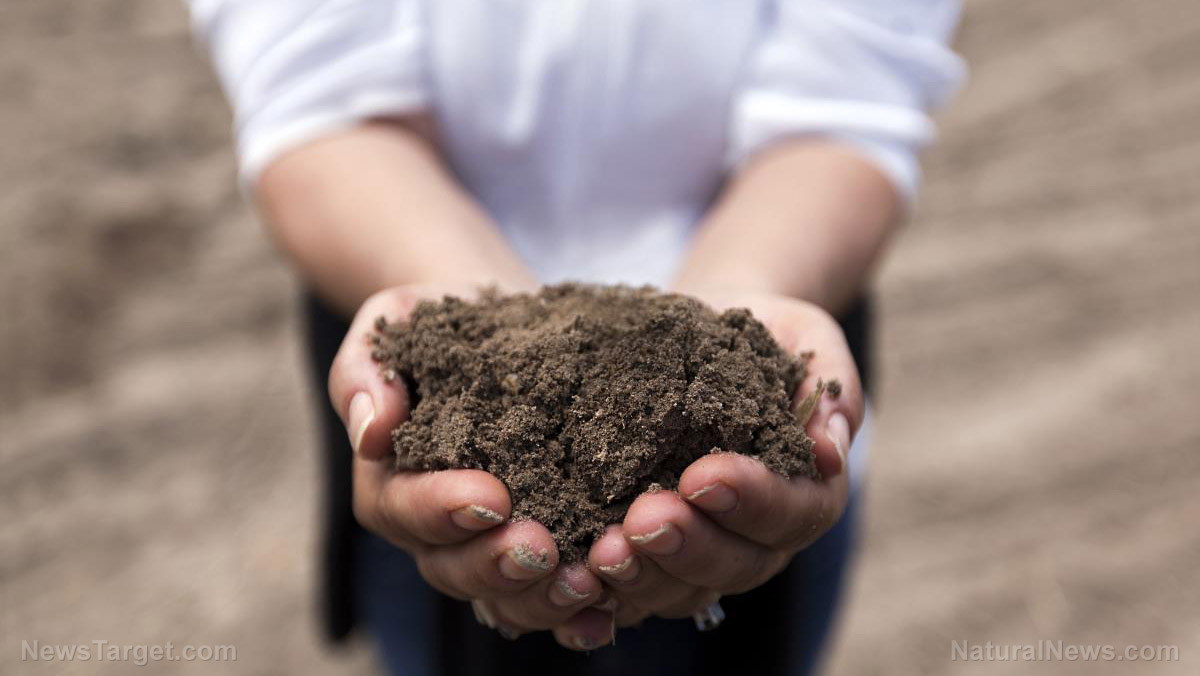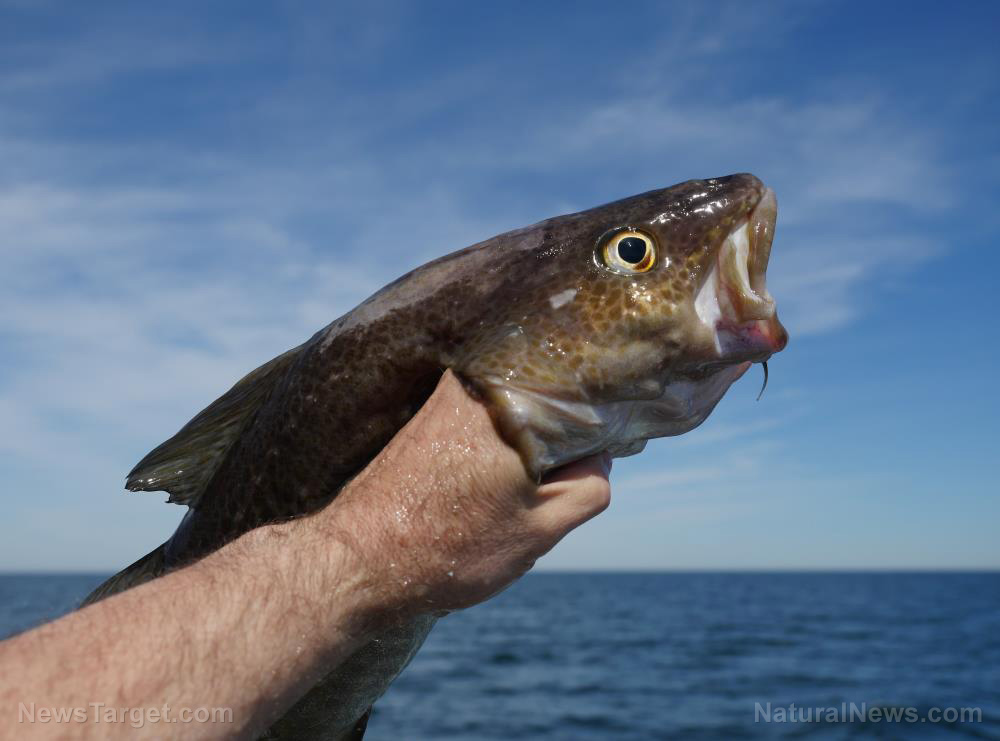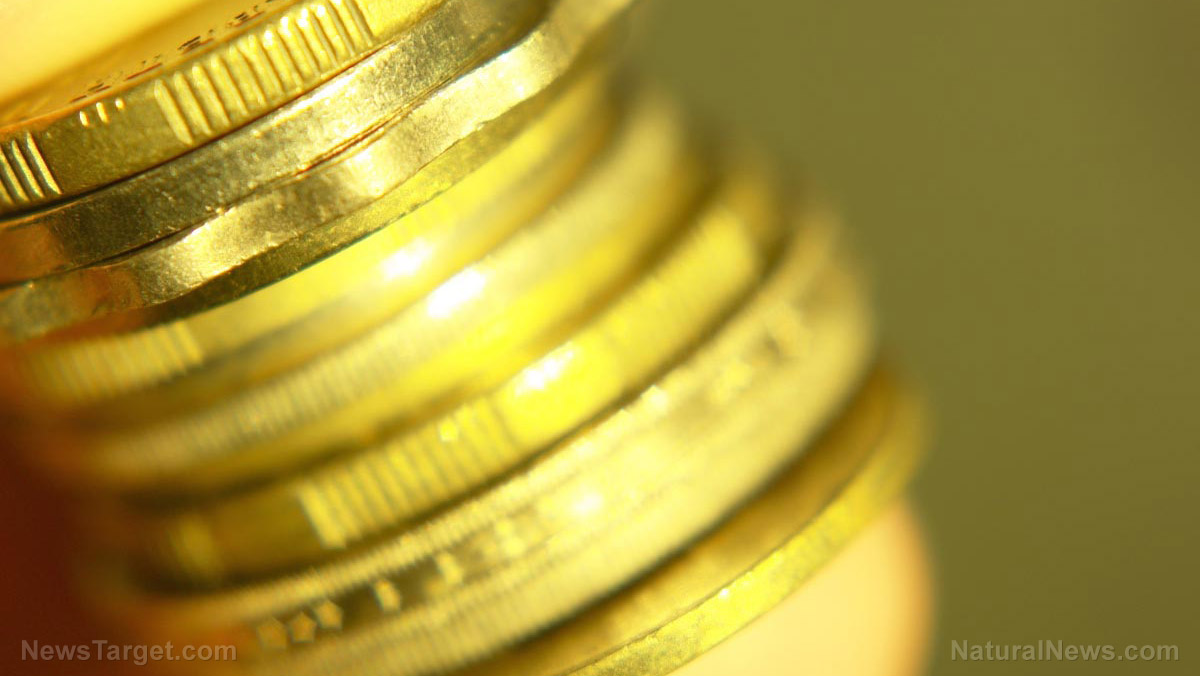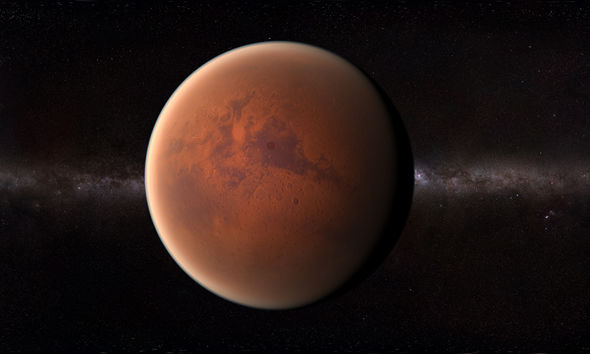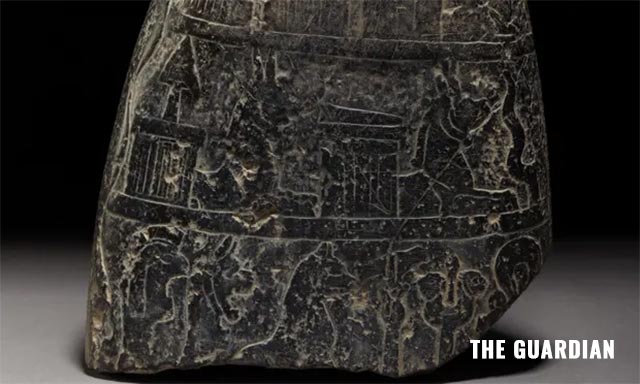Why does coral have creatures that make chlorophyll but don’t photosynthesize?
08/22/2019 / By Edsel Cook
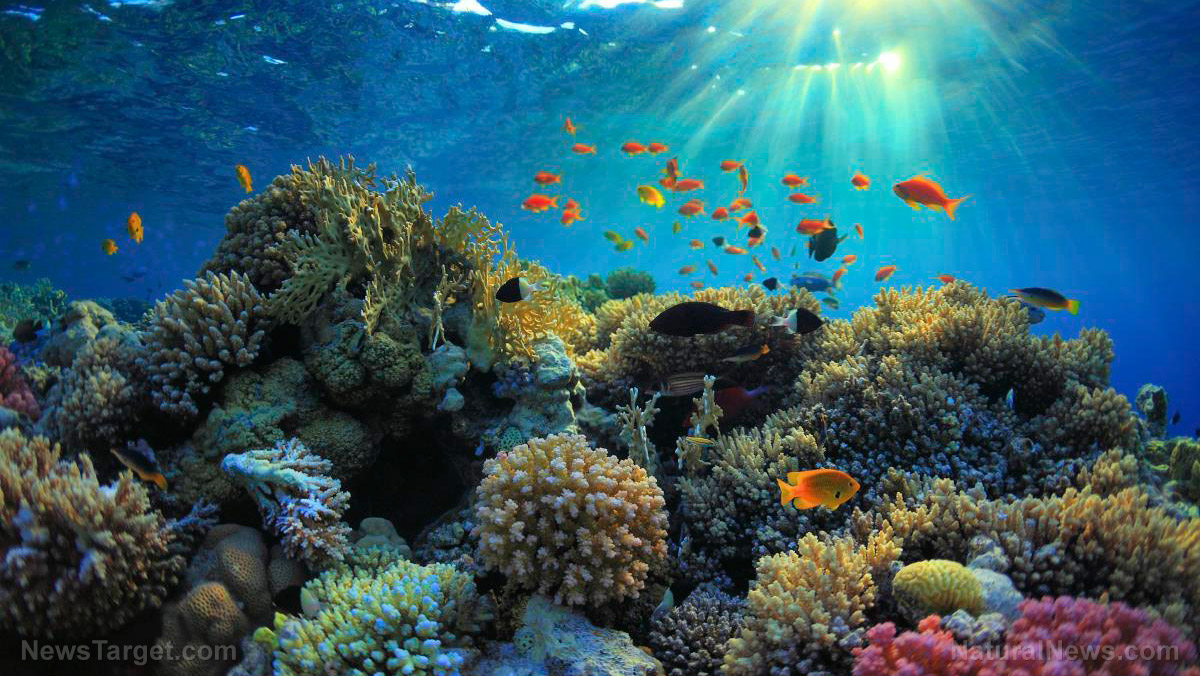
What do you call a tiny critter that lives in most corals and creates chlorophyll but doesn’t bother using it to turn sunlight into energy? Dubbed corallicolid, this unusual creature is the first known organism that is capable of phototropic behavior yet doesn’t perform photosynthesis.
Corallicolids belong to the phylum Apicomplexa. Its relatives include the intracellular parasites responsible for malaria, toxoplasmosis, and other nasty diseases in humans.
Apicomplexans trace their lineage to ancestors that didn’t need to live inside a host and responded to the presence of light. No one knows how they transitioned from independent organisms to their current parasitic way of life.
Corallicolids may be found in seven out of every 10 corals on Earth. Researchers from the University of British Columbia (UBC) believe that the seemingly parasitic creatures may be the key to ensuring the health of coral reefs in the days to come.
UBC researcher Patrick Keeling led the study which shed more light on the second most numerous cohabitant of corals. They published their findings in the journal Nature. (Related: No big deal, just an ancient sea monster with 18 mouth tentacles.)
Corallicolids produce chlorophyll but do not perform photosynthesis
Keeling explained that corallicolids raise all kinds of questions in terms of their biology and chemistry. The organisms are related to parasites, appear to be parasitic, and do not undergo photosynthesis. But at the same time, they still produce chlorophyll.
Chlorophyll is the green pigment that photosynthetic algae and plants use to gather energy from the sun. This behavior seems to waste their energy and might even prove deadly.
“Having chlorophyll without photosynthesis is actually very dangerous because chlorophyll is very good at capturing energy, but without photosynthesis to release the energy slowly it is like living with a bomb in your cells,” explained Keeling.
Corallicolids make their homes in the gastric cavity of various corals that make coral reefs. The microorganisms also live in non-reef-building species like black corals, fan corals, and mushroom corals. Additionally, they pop up in sea anemones, the cousins of corals.
Earlier ecological studies uncovered the existence of photosynthetic algae in healthy corals which are related to apicomplexans. Although these modern-day algae are parasitic, they might have started out as benign microorganisms that also turned sunlight into energy.
An intermediate stage between harmless photosynthetic organism to full parasite?
Reef-building corals house many symbiotic microorganisms that are capable of photosynthesis. For example, Symbiodinium dinoflagellates from the genus Symbiodiniaceae outnumber corallicolids in their hosts. These algae not only perform photosynthesis, they also support the health of their hosts.
While corallicolids are the most common apicomplexans in coral reefs and the second most common microorganisms in coral microbiota, they are only getting studied now.
Like other apicomplexans, corallicolids possess a plastid, a chamber within a cell. In photosynthetic algae and plants, the plastid hosts the process of turning light into food, which requires chlorophyll and certain proteins.
Analysis of the plastid in corallicolids show that it contains all four ancestral genes involved in the production of chlorophyll. However, it doesn’t have any of the genes that encode for photosystem proteins which conduct photosynthesis.
“We don’t know why these organisms are holding on to these photosynthesis genes,” remarked UBC researcher Waldan Kwong, the primary author of the study. “There’s some novel biology going on here, something we haven’t seen before.”
Since they have the traits of both free-living and parasitic apicomplexans, corallicolids might be at the halfway point of evolution, when their kind changes from phototrophes to parasites.
Kwong and Keeling believe that by studying prevalent yet mysterious corallicolids, they can deepen their understanding of coral reef habitats.
Sources include:
Tagged Under: apicomplexa, biodiversity, biology, chlorophyll, conservation, coral microbiota, coral reefs, corallicolids, corals, discovery, Ecology, energy, environment, Evolution, marine life, marine organisms, ocean health, parasites, photosynthesis, photosynthetic algae, photosystem, phototrophes, plastid, research, scientific, sunlight, symbiotic microorganisms, symbiotic relationship, weird science
RECENT NEWS & ARTICLES
COPYRIGHT © 2017 DISCOVERIES NEWS


